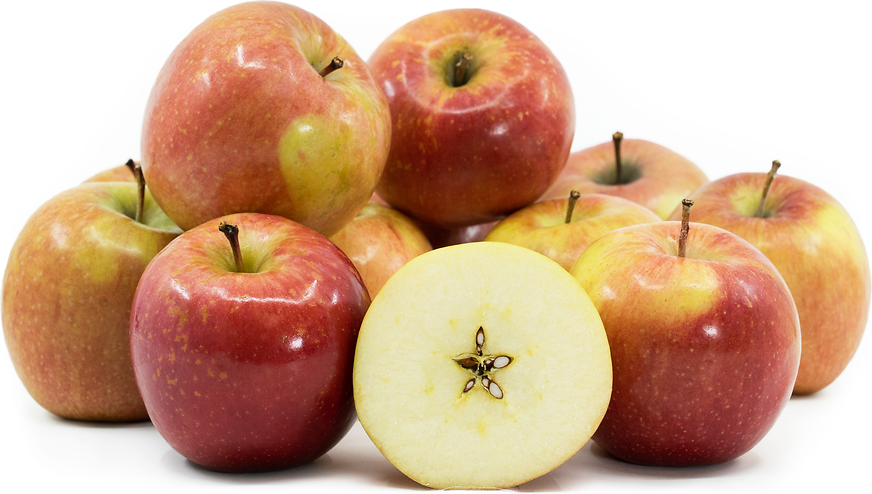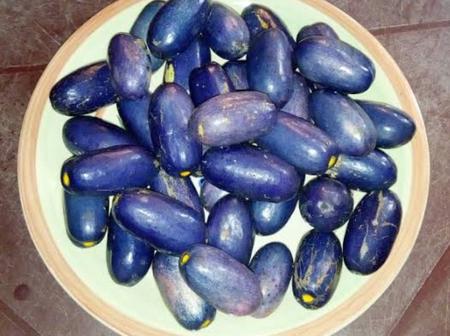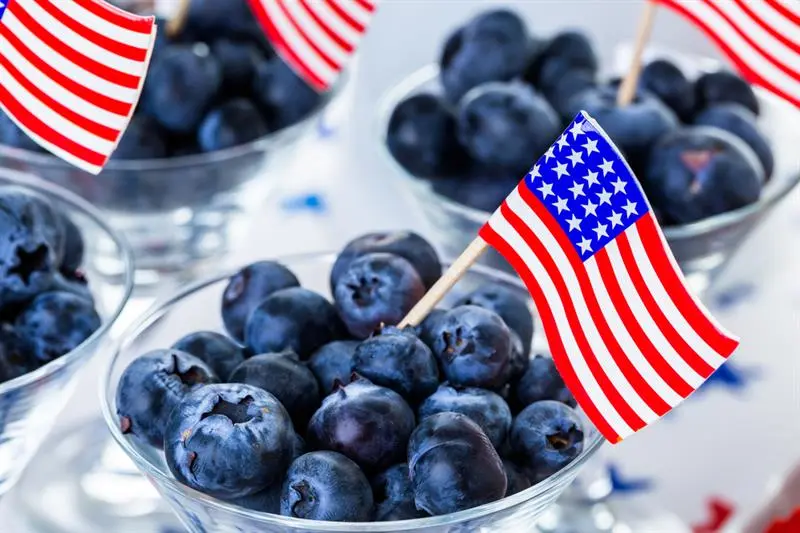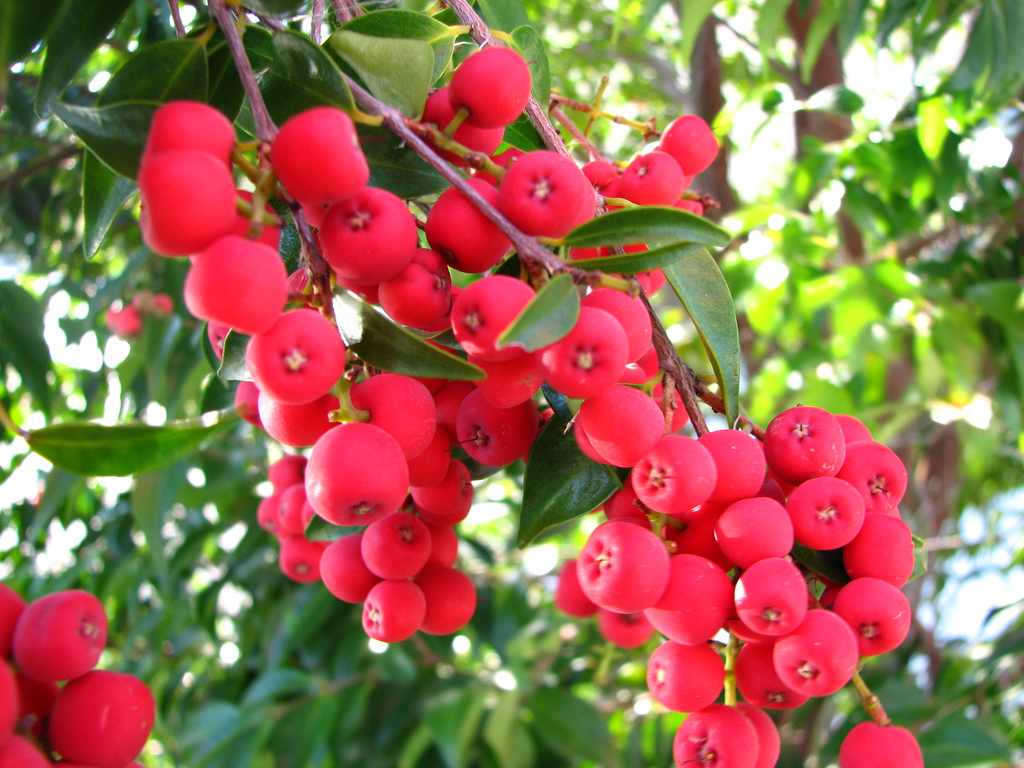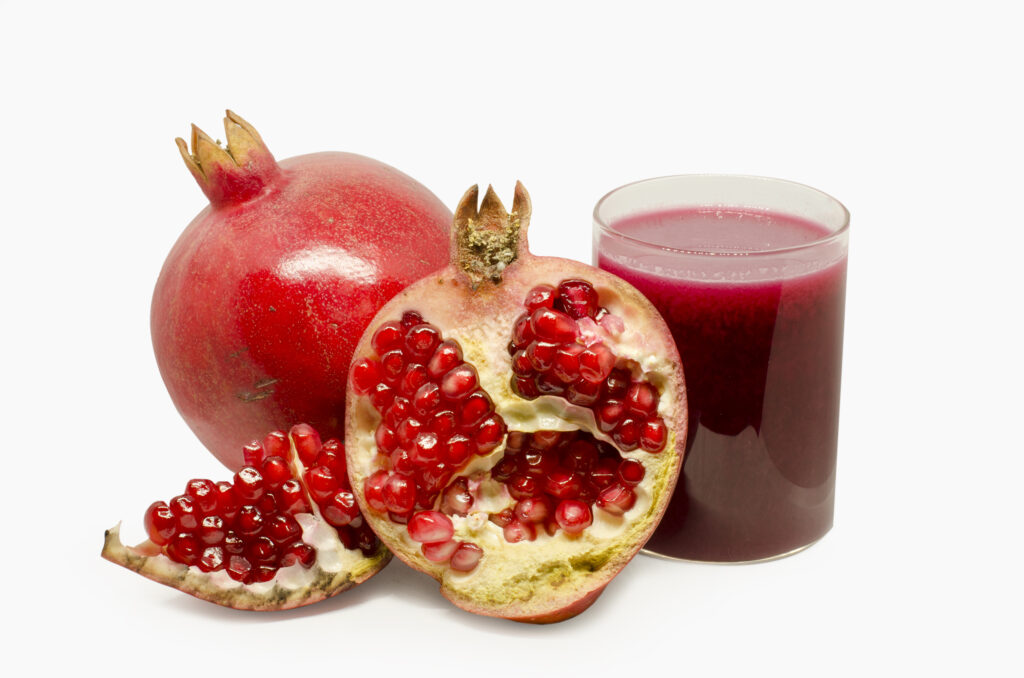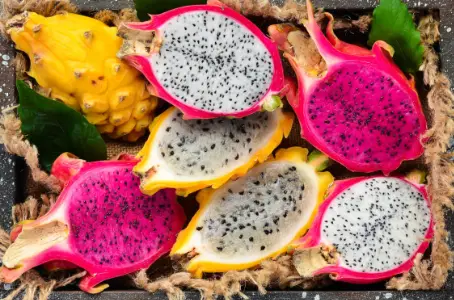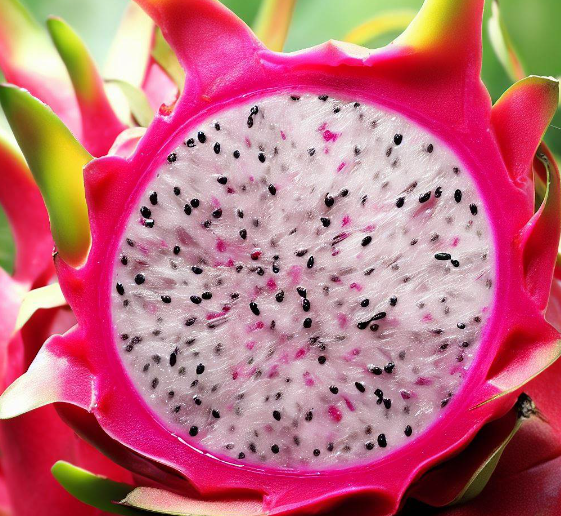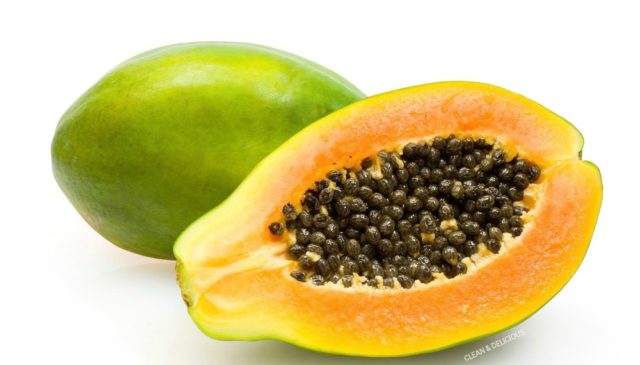When enjoying a slice of sweet watermelon, you might wonder if the green part – known as the rind – is something you can eat. It turns out that instead of throwing it away, you might want to consider the value of the watermelon rind. Is it safe and healthy to eat? Let’s find out and look into any hidden benefits it may offer.
Everyone loves the refreshing taste of watermelon in the summer. But after you’ve eaten the red part, you’re left with a bunch of green rind. What do you do with it? Yes, it’s true – you can eat the rind of a watermelon. And it’s actually full of goodness that might surprise you.
The watermelon rind may not taste as sweet or feel as soft as the red part we usually eat, but it’s fully safe to eat and filled with nutrients. The rind has lots of citrulline, an amino acid that’s really good for you. So by eating the rind, you cut down on waste and boost your health at the same time.
Table of Contents
- Nutrition and Good Things in Watermelon Rind
- How to Eat Watermelon Rind
- Reasons to Eat Watermelon Rind
- 1. Helps to Waste Less Food
- 2. Full of Healthy Nutrients
- 3. Adds Texture and Flavor
- 4. Low in Calories
- 5. Great for Many Recipes
- Things to Watch Out for When Eating Watermelon Rind
- Use Watermelon Rind for Tasty, Healthy Cooking
Nutrition and Good Things in Watermelon Rind
The rind of the watermelon has lots of vitamins, minerals and other healthy stuff for your body, just like the red part does.
Here are some of the key nutrients you get from watermelon rinds:
- Fiber – There’s a lot of fiber in the rind, which helps with digestion and keeps your heart healthy.
- Vitamin C – Good for your immune system and for making collagen. The rind has about one third of the Vitamin C that’s in the red part.
- Vitamin B6 – This vitamin helps give you energy and is important for your brain.
- Potassium – Potassium can help control your blood pressure and it balances out the sodium in your body.
- Lycopene – This is an antioxidant that might protect you from cancer, and there’s even more in the rind than in the red flesh.
- Citrulline – The rind has a lot of this amino acid which improves blood flow by producing nitric oxide.
Even though watermelon rind isn’t low in calories, it has a low number on the glycemic index, meaning it won’t cause your blood sugar to spike suddenly. This makes the rind a great food choice for people with diabetes.
Aside from that, eating watermelon rind could improve your heart health by helping your blood flow better, lowering your blood pressure, and reducing bad cholesterol. The citrulline in it also helps your blood vessels relax.
To get the most benefits, you should eat watermelon rind in reasonable amounts and include it in a balanced diet. Don’t just throw it away – it’s packed with good things that can make your meals even healthier!
How to Eat Watermelon Rind
Yes, you can definitely eat the watermelon rind, and it’s safe to do so. It might not be as mouthwatering as the red part, but you can do a lot with it in the kitchen.
The rind is the green part that wraps around the outside of a watermelon. People often think they can’t eat it and just throw it away after they finish the juicy pink flesh. But this part is filled with nutrition and there are many ways to cook it.
To some, the rind might taste a little bitter at first, but when you cook it, it gets much tastier. It soaks up the flavors of the spices and seasonings you use, just like many other vegetables do. With the right recipes, it can turn out sweet, savory, or even spicy.
Make sure not to toss out the watermelon rind. You can get inventive in your kitchen and use it in your food. It’s delicious, full of nutrients, and kind to the environment.
You can eat raw watermelon rind by itself or with a bit of salt or chili powder. It’s crunchy and can be quite pleasing.
But if you’re after the best flavor and texture, it’s a good idea to cook the watermelon rind before you eat it. When you prepare it well, it fits beautifully into all kinds of dishes.
Here are some good methods for cooking watermelon rind:
- Boiling – Soften the pieces of rind by boiling before you add them to other recipes.
- Sauteing – Fry up the diced rind with a bit of olive oil on medium-high heat.
- Grilling – Grill slices on a hot grill to add more flavor.
- Pickling – Make pickled rind with vinegar, spices, and sweet stuff.
After cooking, you can put watermelon rind in soups, stir-fries, salads, smoothies, and lots of other foods. The key is to prepare it well so that it tastes great.
Reasons to Eat Watermelon Rind
There are a bunch of good reasons why you should try eating watermelon rind:
1. Helps to Waste Less Food
People in America throw away so much food – almost 40% of it is never eaten. Since the rind makes up about 40% of a watermelon’s weight, eating it instead of tossing it out means less waste.
2. Full of Healthy Nutrients
The watermelon rind might not be as tasty as the red flesh, but it’s still loaded with good stuff like fiber, vitamins, minerals, and antioxidants. Plus, it’s one of the best food sources for citrulline.
3. Adds Texture and Flavor
Watermelon rind can make your dishes more interesting. It’s crunchy when raw, tender when cooked, and crispy when pickled. Plus, it can take on lots of different flavors in a yummy way.
4. Low in Calories
You don’t have to worry about eating too many calories with watermelon rind. You can enjoy all the nutrients and fiber without the sugar that’s in the juicy part.
5. Great for Many Recipes
The watermelon rind works in sweet and savory foods. Its mild taste goes well with fruits, veggies, herbs, and spices.
With all its benefits, it’s a shame to throw away the rind. You can save money and reduce your waste by eating it.
Things to Watch Out for When Eating Watermelon Rind
While it’s usually safe for most people to eat watermelon rind in small amounts, there are some things to remember:
- Allergies – If you’re allergic to citrulline malate, don’t eat the rind.
- Pesticides – Clean the rind well if you’re going to eat the skin to get rid of any chemicals. It’s even better if you can buy watermelons that are organic.
- Choking Hazard – Be careful giving watermelon rind to little kids because they could choke on it. It’s best to cut it into small pieces.
- Digestive Problems – Eating a lot of fiber quickly can cause gas or an upset stomach. If you’re not used to it, start with a little bit and then eat more as your body gets used to it.
For most of us, enjoying a bit of watermelon rind is fine. Just make sure to watch how much you eat and drink lots of water, then you can make the most of the health benefits of watermelon rind.
Use Watermelon Rind for Tasty, Healthy Cooking
While many of us might throw away the watermelon rind, we can actually use this nutritious part in lots of recipes. It’s got fiber, antioxidants, and amino acids that are great for your health.
Cook watermelon skins to make them soft and sweet. Add them to pickles, stir-fries, salsas, and a whole lot more. By doing this, you’re cutting down on waste and adding nutrition to your meals.
Next time you eat a juicy watermelon, don’t just ditch the rinds in the bin. Think of new ways to use them in cooking. You might discover that you enjoy the edible part of the watermelon as much as the fruity red center!
